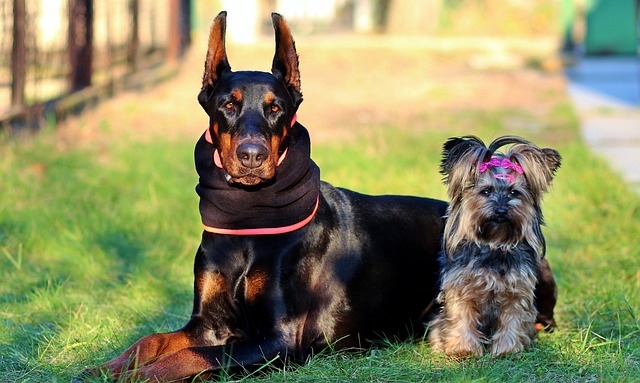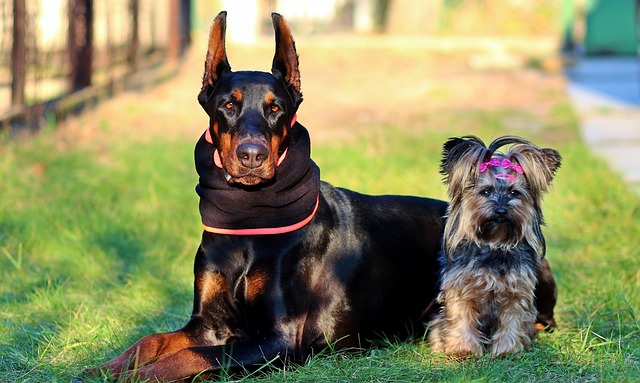
Why can't German Shepherds eat chicken
If you’ve heard “German Shepherds can’t eat chicken” from a fellow dog owner, you might be avoiding perfectly good food for your pup unnecessarily.
If you’ve heard “German Shepherds can’t eat chicken” from a fellow dog owner, you might be avoiding perfectly good food for your pup unnecessarily. The truth is: Most GSDs can safely enjoy chicken—it’s a high-quality protein that supports their muscular build. The “can’t eat” myth stems from two specific issues: food allergies (common in the breed) and improper preparation—not chicken itself. For new U.S. GSD owners, understanding this difference keeps you from restricting a nutritious protein and helps you spot real problems when they arise.
Chicken is one of the top 5 food allergens for dogs, and German Shepherds have a higher genetic predisposition to food sensitivities than some breeds. An allergy isn’t to “chicken” broadly, but to specific proteins in chicken meat, skin, or eggs. When a GSD with an allergy eats chicken, their immune system overreacts, causing symptoms like itchy skin (red paws, ear infections), digestive upset (diarrhea, vomiting), or even hot spots. My friend’s 3-year-old GSD, Zara, developed raw patches on her belly after switching to a chicken-based kibble—an elimination diet confirmed the allergy, and switching to lamb fixed her symptoms. Importantly, this is rare: Vets estimate only 10–15% of GSDs have chicken allergies. The other “can’t eat” risk is unsafe preparation: raw chicken can carry bacteria like Salmonella (harmful to dogs and humans), and cooked chicken bones splinter easily, causing choking or intestinal blockages.

If you suspect your GSD has a chicken issue, start with a vet visit—don’t self-diagnose. They’ll rule out other causes (like fleas or environmental allergies) and may recommend an elimination diet: feed a “novel protein” (e.g., duck, venison) and limited carbs for 8–12 weeks, then reintroduce chicken to see if symptoms return. If no allergy, chicken is excellent for GSDs: use cooked, boneless chicken as treats or mix it into their kibble for extra protein. Always reward your GSD with praise when they eat well—never scold them for refusing chicken (it could be a sign of discomfort, not pickiness), which violates U.S. animal welfare standards. Avoid raw chicken unless your vet approves a raw diet, and never give cooked bones.
For apartment living, store cooked chicken treats in airtight containers to prevent spoilage and pests. If your GSD has allergy-related accidents (like diarrhea), clean with enzyme cleaner to eliminate odors. Before taking them for walks—whether you’re carrying chicken treats for training or not—confirm their rabies vaccine is up to date (required in all states); many cities have stricter licensing for large breeds like GSDs. Always carry poop bags: allergy-triggered digestive issues mean more frequent potty breaks, and cities like Los Angeles fine owners up to $250 for leaving messes. On walks, avoid feeding your GSD random chicken scraps from picnic areas—they may be seasoned with garlic or onions (toxic to dogs).
Most German Shepherds can eat chicken—it’s a myth that they universally can’t. By watching for allergy signs, preparing it safely, and consulting your vet, you can use chicken to keep your GSD strong and healthy.

If you’ve heard “German Shepherds can’t eat chicken” from a fellow dog owner, you might be avoiding perfectly good food for your pup unnecessarily.

Standing in the pet food aisle staring at shelves of wet and dry options for your new German Shepherd can feel overwhelming.

If you’ve spent hours Googling why your dog won’t stop scratching their ears or licking their paws, you’ve probably encountered endless mentions of “grain allergies” or “chicken allergies.”

You might’ve spotted nutritional yeast in your pantry—often used to add a cheesy flavor to plant-based meals—and wondered if you can share a sprinkle with your pup.

You’ve just noticed your golden retriever, Bailey, limping slightly after a day at the local dog park. As a new pet parent in the U.S.,

If you’re daydreaming about bringing home a standard poodle, one of the first questions popping up is probably how much space they’ll take up—both on your couch and in your life.